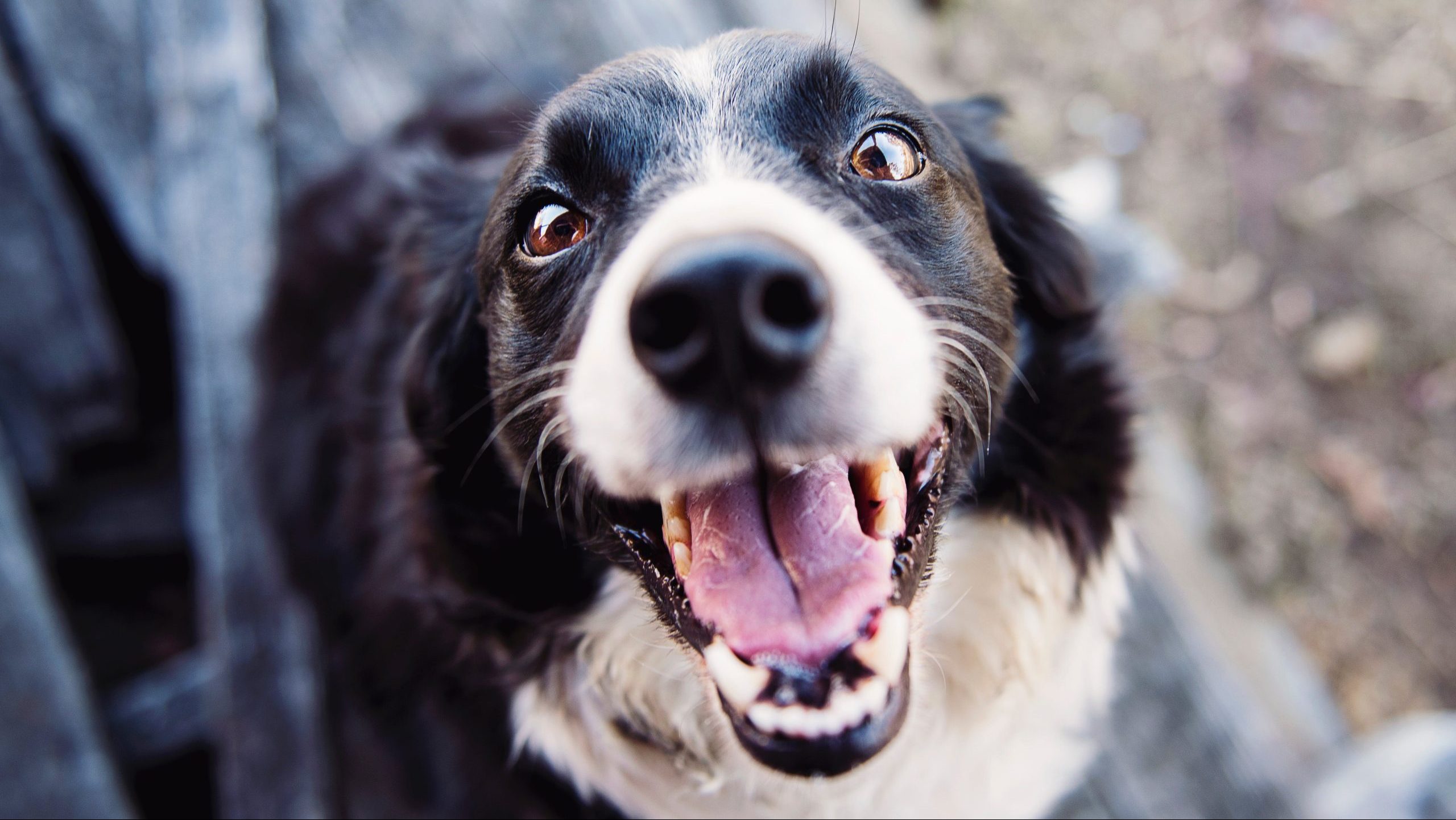As pet owners, we always want to ensure the health and well-being of our furry companions. However, there are times when our pets can fall ill, and it is our responsibility to recognize the signs and symptoms so we can seek proper treatment. One such illness that has been making headlines recently is the Oregon K9 respiratory virus. This highly contagious virus can affect our beloved dogs and cats, causing respiratory issues and other concerning symptoms. In this blog post, we will discuss the signs and symptoms of this virus and how you can protect your pet from it.
Decoding the Oregon K9 Respiratory Virus: What is it?
The Oregon K9 respiratory virus is a highly contagious illness that can affect dogs and cats. It is important to understand what this virus is in order to effectively protect our beloved pets. The Oregon K9 respiratory virus is characterized by respiratory issues, such as coughing, sneezing, and difficulty breathing. It can also cause other symptoms, including fever, nasal discharge, and lethargy.
Currently, there is no specific treatment for the Oregon K9 respiratory virus. However, supportive care, such as providing plenty of fluids, rest, and a warm environment, can help alleviate symptoms and aid in recovery.
To protect your pet from this virus, it is recommended to limit their exposure to other animals, especially those who may be infected. Avoiding crowded places, such as dog parks or boarding facilities, can also reduce the risk of transmission. Regular handwashing and disinfection of surfaces can further prevent the spread of the virus.
Schedule an appointment here if you think your pet may have been exposed to the virus.
How to Spot the Warning Signs in Your Pet
Recognizing the warning signs of the Oregon K9 respiratory virus in your pet is crucial for prompt treatment and ensuring their well-being. While the symptoms can vary, there are a few key signs to watch out for. Keep a close eye on your pet for any changes in their behavior or health. If they suddenly develop a persistent cough, start sneezing frequently, or experience difficulty breathing, these could be signs of the virus. Other symptoms to look out for include a fever, nasal discharge, or lethargy. Early detection and treatment can significantly improve your pet’s chances of recovery. Remember, your furry companion’s health is in your hands, so be vigilant and take immediate action if you suspect they may be affected.
How to Protect Your Pet
To protect your furry companion from the Oregon K9 respiratory virus, there are a few key recommendations to keep in mind.
- First and foremost, limit your pet’s exposure to other animals, especially those who may be infected. This means avoiding crowded places like dog parks, grooming facilities, or boarding facilities where the virus can easily spread.
- Regular handwashing is also crucial in preventing the transmission of the virus. Make sure to wash your hands thoroughly with soap and water after any interaction with other animals or their belongings.
- Disinfecting frequently-touched surfaces in your home, such as doorknobs or pet toys, can also help eliminate any potential viruses that may be lingering.
- Lastly, ensure that your pet is up to date on their vaccinations. While there is currently no specific vaccine for the Oregon K9 respiratory virus, keeping their other vaccinations current can strengthen their immune system and overall health.
By following these recommendations, you can significantly reduce the risk of your pet contracting the virus and keep them happy and healthy. Remember, prevention is always the best medicine when it comes to protecting our beloved pets.
What to do if You Suspect Your Pet Has the Virus
If you suspect that your pet may have the Oregon K9 respiratory virus, it is important to take immediate action. Schedule an appointment here for proper diagnosis and guidance. Your veterinarian will be able to assess your pet’s symptoms, conduct any necessary tests, and provide the best course of treatment. They may recommend supportive care, such as rest, fluids, and a warm environment, to help alleviate your pet’s symptoms and aid in their recovery. It is crucial to follow your veterinarian’s instructions closely and provide any prescribed medications or treatments as directed. In addition, it is important to keep your pet isolated from other animals to prevent the spread of the virus. By taking these proactive steps and seeking professional guidance, you can give your pet the best chance at a full and speedy recovery.







Leave A Comment